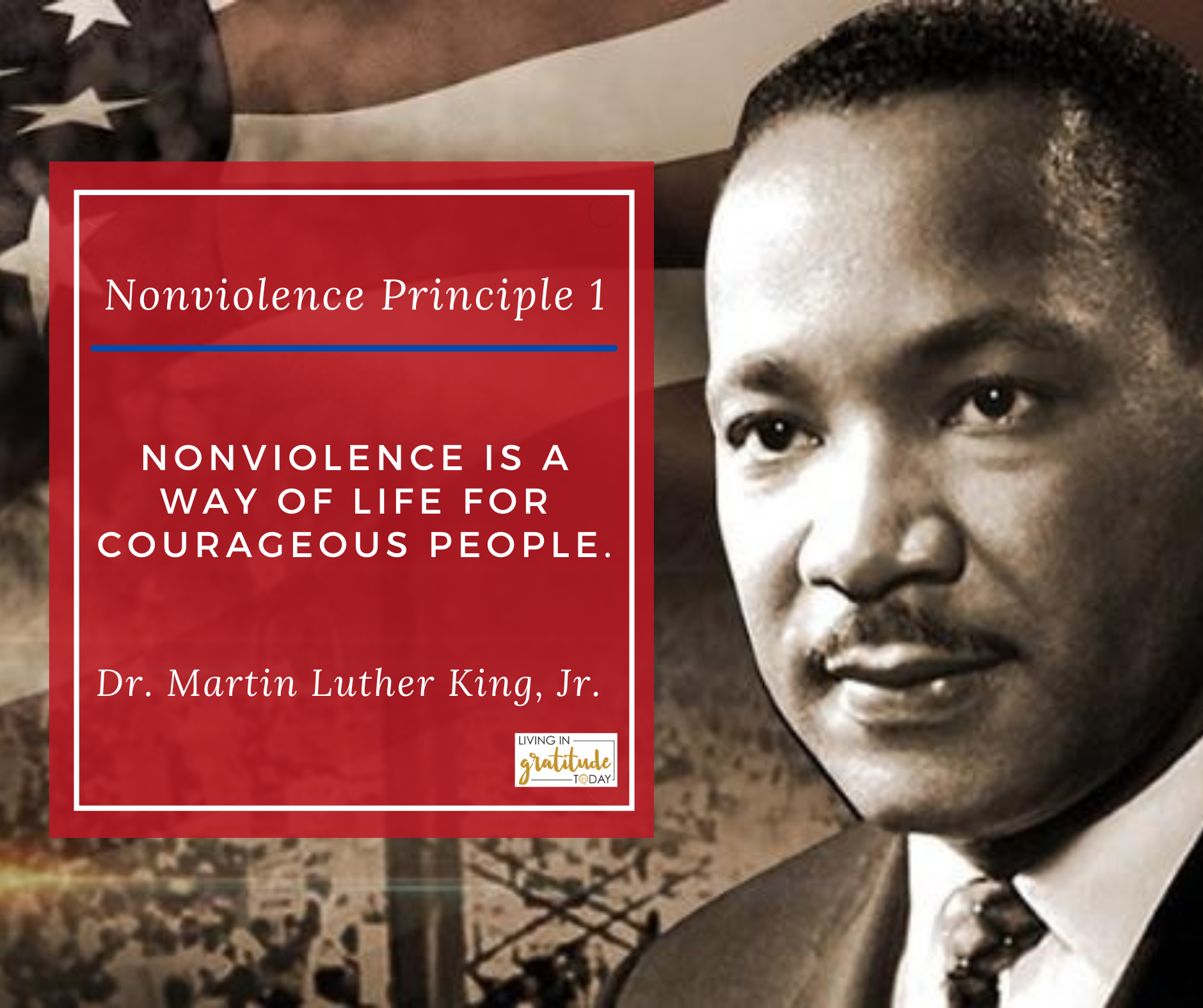A Federal Holiday Recognized Nationwide
On November 2, 1983, Martin Luther King Jr. Day became a federal holiday. However, it wasn’t until 2000 that all 50 states recognized it as a state holiday.
How fitting to revisit Dr. King’s universal laws of nonviolence on Martin Luther King Day and a presidential inauguration - which has only happened three times. Clinton, Obama, and now Trump's second inauguration fell on MLK Day. As the 47th president is sworn in we must remember Dr. King’s dream to foster a world rooted in justice, love, and understanding.
Discovering MLK’s Principles in the Classroom
A New Program Amidst Challenges
In February of 1998, my principal, Mr. Berman, strolled into my classroom with an announcement: our school was selected to pilot a program based on Dr. King’s teachings and I was going to teach it. I knew of Dr. King and what he stood for but not enough to teach his philosophies.
At the time, our school was plagued by gangs and fights broke out regularly. As much as I loved my job and my students (I was a 2nd-year teacher) I questioned why I was chosen to teach this class, All I knew was if I failed, my students failed. Mr. Berman reassured me that someone from the district would come to the school and teach the curriculum - I was more of a helper.
The Students' Initial Resistance
The next morning, twenty-three angry students stood at my door with more in common than they realized. When they entered the room, they sat as far apart from each other as possible. Although many lived in the same neighborhood and spent the last ten years in school together, they were in rival gangs which meant - they were mortal enemies.
These teens were furious; they were pulled from electives (that and lunch were the only things they looked forward to each day) and forced into my class. The principal, assistant principals, and counselors hand-selected each of these "troubled" teens because they were at risk of being kicked out of school and/or not graduating.
Violence was their world. My babies (mostly sophomores and juniors) lived in survival mode and the idea that the Universe was on the side of justice (Principle 6) was foreign to them. They lived in a dog-eat-dog world where only the strong survived. They took one look at me and questioned how a white, Jewish, woman, who was nothing like them, never walked in their shoes and did not understand the rules of their community was going to teach them to be “nonviolent”.
I questioned it too. How could I get them to buy into the idea that “Nonviolence is a way of life for courageous people (Principle 1) when they were taught to fight back and that walking away from conflict implied you were weak? I was horrified when a few shared a common threat from parents. “Lose a fight, and get whipped when you come home.”
The Journey to Transformation
Teaching Martin Luther King Jr. Principles
As promised, for the first few weeks of the program, two women whose names I can’t recall, came religiously to my class and taught us the history of the civil rights movement and the Principles of Nonviolence. Over time, their visits became more sporadic, then they stopped altogether. Luckily, I paid attention to the lectures because my role quickly changed from helper to teacher. I became very familiar with these principles and saw firsthand how they could transform the lives of those who applied them.
Breaking Down Barriers
Over the next four months, I took these adolescents out of their comfort zone. We dissected Dr. King’s principles of nonviolence. We role-played, meditated, did breathwork, and worked on their internal dialogue. Together, we created a safe and sacred space allowing them to open up, and share personal stories. These courageous shares erased imaginary borders, empathy replaced judgment, and a new “gang” formed. As Principle 2 states, “Nonviolence seeks to win friendship and understanding.” I can’t confirm if friendships were formed, however, I know they had a better understanding of each other.
Slowly but surely, my nonviolent practitioners moved from their prospective neighborhoods in the classroom into the common grounds (the middle of the room). Whether they were cognizant of it or not, they started to get along and I might be so bold to say, liked each other.
A Culminating Project
For their final project, there were two stipulations:
And they did. Working tirelessly, they created their version of a talk show similar to Jerry Springer AND performed in front of their peers. If you weren’t privy to the day-to-day interactions or witnessed the process these teens went through to be able to work cohesively you may not have been impressed by their performance. I was gleaming.
It would be misleading to say that my students never got in trouble again or bought into MLK’s Principles of Nonviolence hook, line, and sinker. However, I know that beliefs and attitudes that took years to form were being challenged and new paradigms created.
Reflections on Lasting Change
What They Remember
Years later, I contacted my former student Erick Wilson to see what he remembered about our class. He said:
"We gave you a hard time at first. The thing that stands out to me is ‘Nonviolence is a way of life for courageous people.’ It taught me to think about my actions and control my emotions so I don’t lash out. That changed my life and opened doors that might not have been opened otherwise.”
This program planted seeds of change. While not all students fully embraced the principles immediately, the experience challenged their beliefs and opened their eyes to new possibilities.
Revisiting Dr. King’s Teachings Today
As we commemorate Martin Luther King Jr., let us revisit his principles of nonviolence. They remain relevant, reminding us that justice, love, and courage can transform even the most challenging circumstances.
And always remember: LOVE always WINS.
